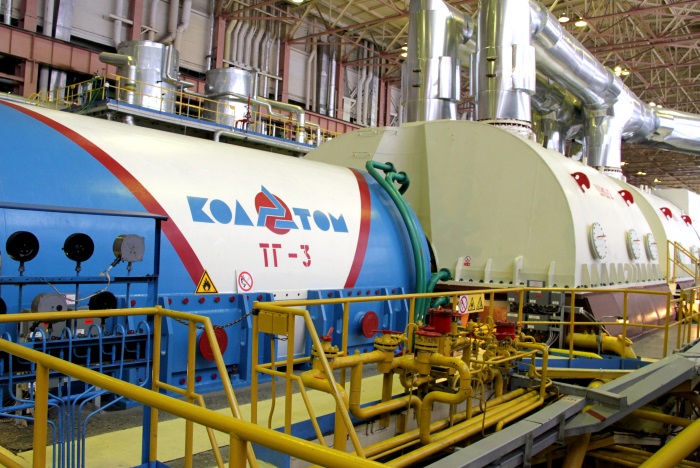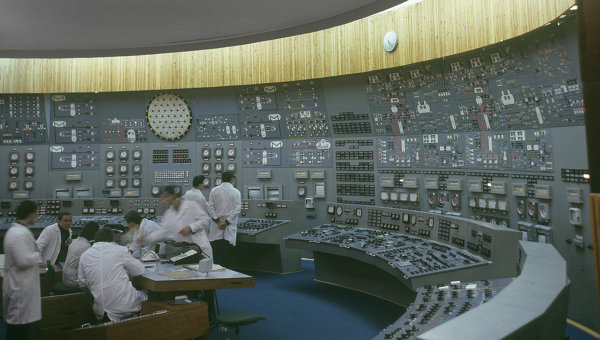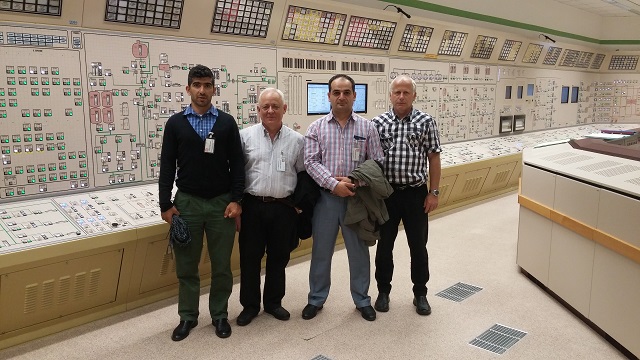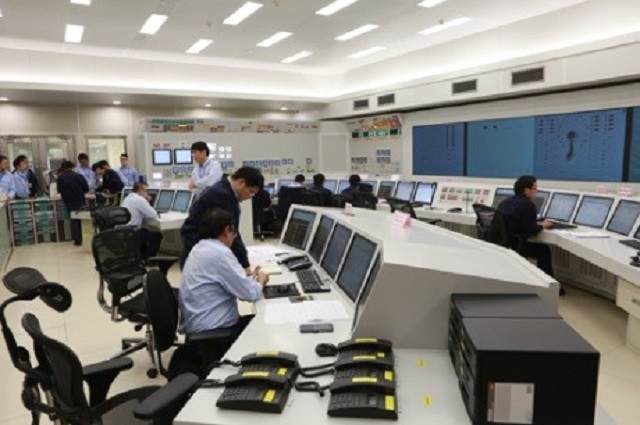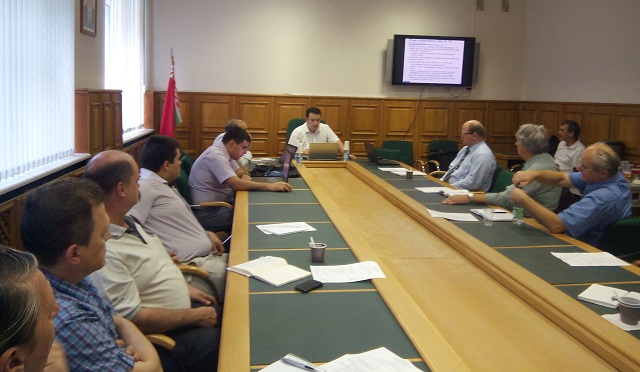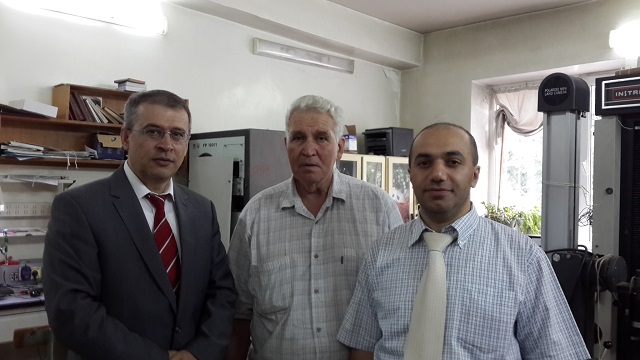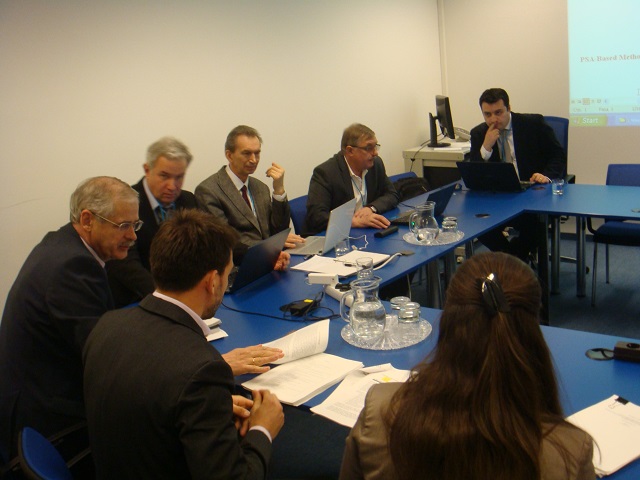Решение по вопросу продления срока эксплуатации энергоблока №2 Кольской АЭС до шестидесяти лет будет принято до конца 2015 года. Об этом было объявлено на заседании в Мурманске координационного совета по развитию Северных территорий и Арктики Российского союза промышленников и предпринимателей (РСПП), сообщили 23 ноября на КоАЭС. Выступая на мероприятии, советник директора Кольской АЭС Евгений Никора отметил, что высокий уровень безопасности станции не раз подтверждался российскими и международными организациями, в том числе в 2014 году миссией МАГАТЭ по эксплуатационной безопасности (OSART). «Подтверждена также техническая возможность продления срока эксплуатации энергоблоков на срок до 60 лет», – сказал представитель КоАЭС. По его словам, в настоящий момент на атомной станции «уже идет реализация инвестиционного проекта по продлению срока службы энергоблока №1 до шестидесяти, то есть, на период до 2033 года». «Решение по второму блоку будет принято до конца года», – заключил Е. Никора. На настоящий момент срок службы энергоблока №1 Кольской АЭС продлен на пятнадцать лет сверх проектного, до 2018 года; энергоблока №2 – также на пятнадцать лет сверх проектного, до 2019 года.
В России сейчас эксплуатируются третий и четвертый блоки Нововоронежской АЭС и все четыре блока Кольской АЭС с водо-водяными энергетическими реакторами ВВЭР-440 установленной электрической мощностью 440 МВт. Электроэнергетический дивизион госкорпорации “Росатом” концерн “Росэнергоатом” (управляет всеми АЭС России) объявил конкурс на создание методик расчета на прочность частей реакторной установки ВВЭР-440, результаты будущих расчетов понадобятся при обосновании продления до 60 лет срока эксплуатации этих энергоблоков на двух российских АЭС, следует из материалов на сайте закупок Росатома. Продление срока эксплуатации действующих энергоблоков АЭС — общемировая практика. В России сейчас эксплуатируются третий и четвертый блоки Нововоронежской АЭС и все четыре блока Кольской АЭС с водо-водяными энергетическими реакторами ВВЭР-440 установленной электрической мощностью 440 МВт. Как следует из материалов, в ходе работ предстоит разработать методики расчета на прочность и на сопротивление хрупкому разрушению элементов реакторной установки (корпус реактора, верхний блок, внутрикорпусные устройства) и корпуса парогенератора АЭС с реактором ВВЭР-440 при обосновании продления срока эксплуатации до 60 лет энергоблоков проектов В-179, В-230 и В-213. По проекту В-179 построены 3 и 4 блоки Новоронежской АЭС, по проекту В-230 — 1 и 2 блоки Кольской АЭС, по проекту В-213 — 3 и 4 блоки Кольской АЭС. Начальная (максимальная) цена договора — 22,2 миллиона рублей, срок окончания работ — не позднее 15 марта 2017 года. Разработанные методики должны будут пройти апробацию путем выполнения по ним расчетов на прочность, а также пройти экспертизу для получения одобрения в Ростехнадзоре. Результаты работ обеспечат выполнение расчетов прочности элементов РУ ВВЭР-440 на стадии эксплуатации, в том числе, при обосновании продления сроков эксплуатации до 60 лет энергоблока №4 Нововоронежской АЭС (в 2017 году) и энергоблоков №1 и 2 Кольской АЭС (в 2018 году). Четвертый блок Нововоронежской АЭС был пущен в 1972 году, первый и второй блоки Кольской АЭС — в 1973 и 1974 годах соответственно. Источник: РИА Новости http://ria.ru/atomtec/20150827/1211207262.html#ixzz3xZTfZOun
The Fukushima Daiichi Accident consists of a Report by the IAEA Director General and five technical volumes. It is the result of an extensive international collaborative effort involving five working groups with about 180 experts from 42 Member States with and without nuclear power programmes and several international bodies. It provides a description of the accident and its causes, evolution and consequences, based on the evaluation of data and information from a large number of sources available at the time of writing. The Fukushima Daiichi Accident will be of use to national authorities, international organizations, nuclear regulatory bodies, nuclear power plant operating organizations, designers of nuclear facilities and other experts in matters relating to nuclear power, as well as the wider public. For more information visit IAEA website: http://www-pub.iaea.org/books/IAEABooks/10962/The-Fukushima-Daiichi-Accident.
In frame of Task 4 of AR/RA/05-06 project European Commission and the Czech nuclear safety regulatory body (SUJB) organized a working meeting for NRSC and ANRA representatives held on 14-18 September 2015. The meeting was held in SUJB and Temelin NPP (Czech Republic). During the meeting, several meetings with Czech regulatory body and operating organization have been implemented during which following topics were discussed. Ageing management Equipment maintenance effectiveness monitoring Equipment qualification During the visit, NRSC and ANRA experts conducted technical walkdowns and visited the Temelin NPP turbine building as well as training center with full scope simulator designed by Westinghouse.
Two new Chinese nuclear power units – Changjiang 1 and Yangjiang 3 – have moved closer to commissioning by achieving a sustained chain reaction for the first time. Both reactors are expected to begin operating later this year. Unit 1 of the Changjiang nuclear power plant, under construction on China’s southern island province of Hainan, achieved first criticality at 3.39am today, China National Nuclear Corporation (CNNC) announced. Initial approval for the Changjiang plant’s construction was granted by China’s National Developmental and Reform Commission in July 2008. Early site works began in December 2008. Construction of unit 1 began with the pouring of first concrete on 25 April 2010, while that for unit 2 was poured on 21 November 2010. The loading of the 121 fuel assemblies into the core of Changjiang 1 – a 650 MWe CNP-600 pressurized water reactor – began on 26 August. Changjiang 1 is scheduled to begin operating by the end of 2015, with unit 2 set to start up next year. The plant, near Hoi Mei Tong village in China’s Hainan province, is being built as a joint venture between CNNC and China Huaneng Group, with shares split 51% and 49%, respectively. The plant will eventually comprise four units, with units 3 and 4 housing either CNP-650 or ACP-600 reactors. Construction of both those units is scheduled to begin by 2018.
From 26 June to 4 July of 2015 the leading specialist of radiological laboratory of NRSC was participating in the IAEA regional workshop on «Establishing Enhanced Approaches to the Control of Public Exposure to Radon». During the workshop the approaches on preventing measures of radon gas of experienced countries were discussed. NRSC is participating in radon gas program in Armenia. The workshop gave additional information to be used during radon gas measurement activities.
NRSC delegation comprising of the heads of neutronics analysis and nuclear fuel, thermal-hydraulics analysis and risk assessment groups, visited Regulatory Authority of the Republic of Belarus for an experience and knowledge shearing meeting from 29 to 31 July 2015. The purpose of the visit was to hold a training course on deterministic and probabilistic methods of safety assessment for nuclear installations for relevant specialists of BNRRA, Technical support organization of BNRA (Sosny Institute) and operating organization as well as for technical staff of Belarusian NPP involved in the safety analysis. The training program covered in particular, essentials of safety assessment, legislative and normative bases, national and international best practices, computational codes applied, requirements to the computational codes as well as practical examples of safety assessment and independent review for regulatory authorities were discussed and illustrated. NRSC experts addressed questions and concerns of the training course participants as well as provided them with practical recommendations and suggestions on further enhancement and strengthening of the national capabilities in the area of safety assessment. It has been agreed to continue cooperation between BNRRA and ANRA/NRSC in the area of independent review and systematic competence building and other areas of mutual interest.
NRSC delegation participated in the workshop on development of computational tools for nuclear materials management held from 20 to 21 June 2015 in Almaty, Kazakhstan. NRSC presented and demonstrated its own development – NUCMAT software that allows performing the nuclear material accounting both at the state and at the facility/LOF levels as well as generating the accounting records (GL, PI) and reports (IRC, PIL, MBR). Questions, suggestions and concerns addressed to NRSC delegation followed the presentation of NUCMAT. Besides, on June 22, 2015 NRSC delegation visited the Nuclear Physics Institute in Almaty to discuss and establish scientific cooperation to investigate accident tolerant fuel properties. NRSC delegation visited the experimental facilities of the Nuclear Physics Institute, namely, research nuclear reactor, critical stand, material science laboratory and plasma coating laboratory and familiarized with the capabilities and experience of the staff in relation to investigation of fuel rod cladding materials. The decision has been made to develop joint proposals for common research projects.
The meeting was devoted to developing and applying PSA based methods for complementary assessment of NPPs’ robustness against the impact of extreme events. The problematic issues raised during the previous technical meeting in 2014 were thoroughly discussed. Mainly following type of issues were covered: uncertainty in the phenomena of severe accidents and hazards, combination of extreme hazards, multi-unit effects, screening methodology and others. For each of the issue the status and problematic aspects were discussed. During the discussions the experience and knowledge of experts as well as materials of 2014 technical meeting have been used. As a result of the meeting a list of recommendations with possible problem solutions and/or request for additional investigations was developed for IAEA. The draft report developed during the meeting was presented to IAEA nuclear safety assessment section and NSAT (nuclear safety action team) representatives. During the closing briefing it was decided to present developed report for international community review and later develop it up to the level of IAEA publication (TECDOC or Safety Report).
NRSC՛s representative participated in consultancy meeting held in Vienna from 20-24 April 2015. During the meeting, experts reviewed and discussed events reported to IRS in the period from 2012 to 2014. Total number of considered events is 254. After the screening 136 most interesting events were selected for Blue Book development. Selected events were grouped based on the related topic (human performance, fire, seismic hazard, ageing, etc.). During the meeting for each topic experts presented brief description of the events reported, safety significance and lessons learned. As a result of the meeting the draft version of Blue Book was developed. It is planned to publish Blue Book in 2016 after the review to be done by IAEA staff and national IRS coordinators.

